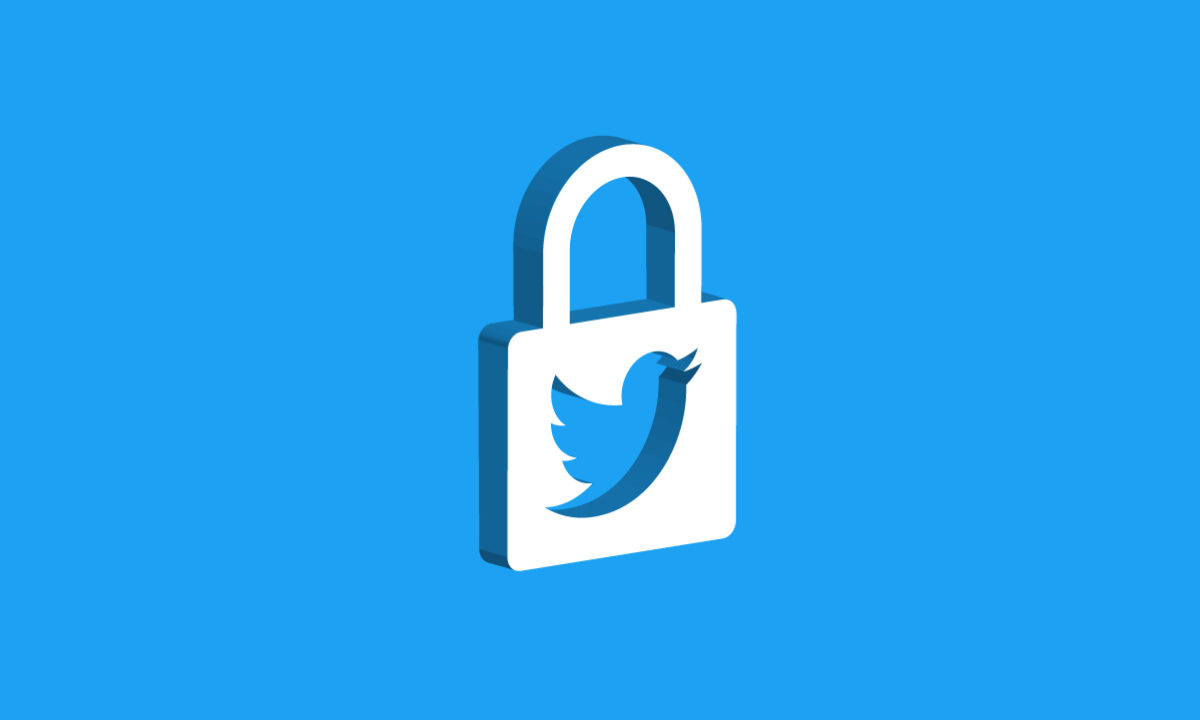Twitter Circle, at the moment a function in tests, is one more example of how very active the social network has been in the last two-three years in terms of service growth. Growth in features, that is, clearly aimed at retaining its current users, as well as trying to attract more people to the service. These are not their best times when it comes to the public image of Twitter, and consequently they are very active looking for solutions.
The last example (for the moment) as I said is called Twitter Circle and we can already find official information about it in the help pages of its website. This is how Twitter Circle describes itself:
«Twitter Circle is a way to tweet selected people and share your thoughts with a smaller crowd. You choose who is in your Twitter Circle, and only people you’ve added can reply to and interact with the Tweets you share in the Circle.»
If we delve a little deeper into the published information on this, we see that the size of the circles offered by Twitter Circle is a maximum of 150 people, which the user will have to choose manually, with the possibility of modifying said list whenever he wishes. And once the circle is configured, each time you publish a tweet you can choose whether you want it to be visible to all of Twitter or, on the contrary, only visible to those specific people.

Put another way, Twitter Circle bears quite a resemblance to posts on Facebook, that can only be seen by those people the user wants. With an important difference, yes, and that has to do with the unnecessary bidirectionality of Twitter itself. In other words, while on Facebook the scope is limited to friendships, which are defined by both parties, in the case of circles it is possible to add people who do not follow us.
A question that you have surely raised is whether you can control your presence in the Twitter Circle groups, and the answer is no. Only the person in charge of the circle can manage which people are part of it and, therefore, the audience of the messages they send to it. However, being part of a circle does not necessarily mean that we will see its messages, especially if we do not follow its leader.
Each user will be able to create only one circle, and the messages you send to it, in the same way that it happens with protected accounts (lock), cannot be retweeted. However, the social network clarifies that unlike the same and the communities, Twitter Circle is aimed at sharing content of a general nature, not of a specific theme, to a small audience (understand this as opposed to the potentially global reach from any other Twitter message).














